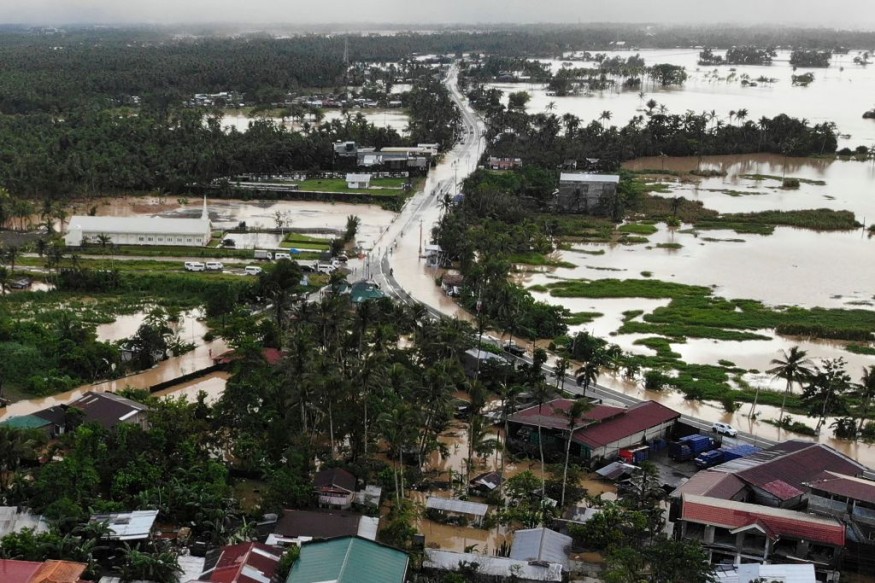Tropical Storm Megi has continued to batter the Philippines for consecutive days until Wednesday morning, April 13, resulting in the increase of the death toll to dozens, resulting in thousands of displacements, and leading to widespread disruption to infrastructure and travel.
The Philippines' first storm in 2022, Megi, formed in the Western Pacific Ocean as a low-pressure area last week.
This is a common phenomenon in the country, especially during its typhoon season from July to November each year, wherein an average of up to 30 storms occur annually.
However, the current storm occurring during the nation's dry season highlights a changing weather trend for the first time in many years, prompting one to recollect climate change's effects once again.
Increasing Death Toll

According to The Washington Post, the death toll in the Philippines has risen to 43 due to landslides and floods from Tropical Storm Megi, highlighting that the "disaster-prone" Southeast Asian country is also situated along the Pacific Ring of Fire a region where volcanic eruptions and earthquakes are active.
On Monday, April 10, the storm only caused moderate infrastructural and travel disruption to the country's major islands of Visayas and Mindanao.
Although strong damaging winds and flash floods due to heavy rain were the highest weather hazards at that time, only one person was killed during that time.
However, the continuance of torrential downpours has led to a series of landslides in mountainous areas, especially in the rural areas in the provinces in the central and southern regions.
In addition, massive flooding affected low-lying areas, notably those within lakes and rivers.
Most of the deaths occurred in the central Leyte province, where 22 people have been killed after being buried by landslides in four villages, according to Baybay City Police Chief Joemen Collado, who told reporters, as cited by Reuters.
Meanwhile, raging floods have been responsible for the deaths of other people with dozens still reported missing.
Emergency Operations
Search-and-rescue operations are underway with the objective of saving survivors from the onslaught of Megi, which caused the displacement of more than 17,000 people as they fleed from their homes.
The emergency efforts found that over 100 people were injured, according to local news site GMA News.
As of Tuesday, rescuers are still searching in multiple barangays around the said city in Leyte, which has been the hardest hit by Megi.
Moreover, the storm also reportedly killed three people in the Negros Oriental province and three others in Mindanao, according to the National Disaster Risk Reduction and Management Council (NDRRMC), as cited by GMA News.
Philippine Weather Forecast
Tropical Storm Megi, locally known as Tropical Storm Agaton, made landfall in the Philippines on Sunday, April 10, bringing maximum sustained winds of up to 65 kilometers (40 miles) per hour (kph/mph) and gusty winds of up to 80 kph (49 mph).
The Philippine Atmospheric, Geophysical and Astronomical Services Administration (PAGASA) as of 11:00 p.m. PHT (local time) on Tuesday issued a weather warning of the continuance of the threat of heavy rainfall from Megi, which has already weakened over the past 24 hours.
In the coming hours, renewed landslides and flash floods due to torrential are still possible as Megi is yet to exit the Philippine Area of Responsibility (PAR).
© 2025 NatureWorldNews.com All rights reserved. Do not reproduce without permission.





